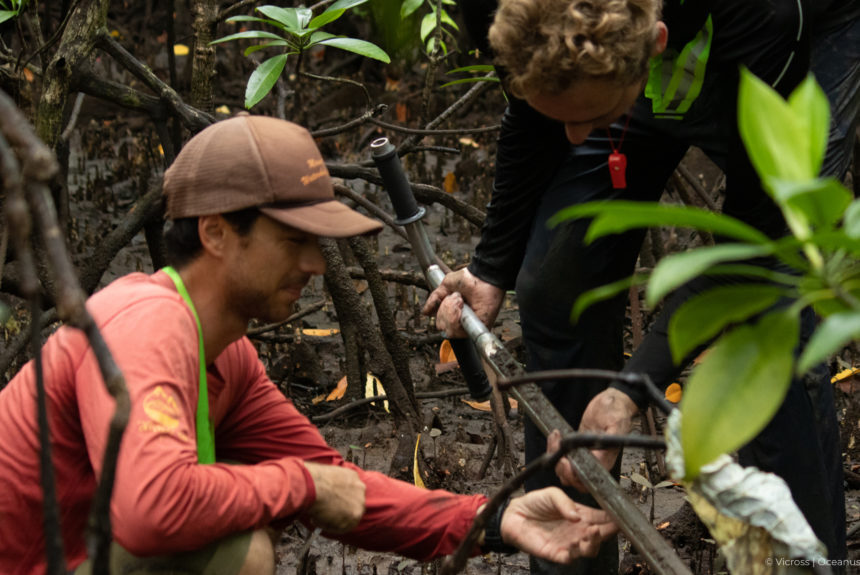Mangroves for climate mitigation
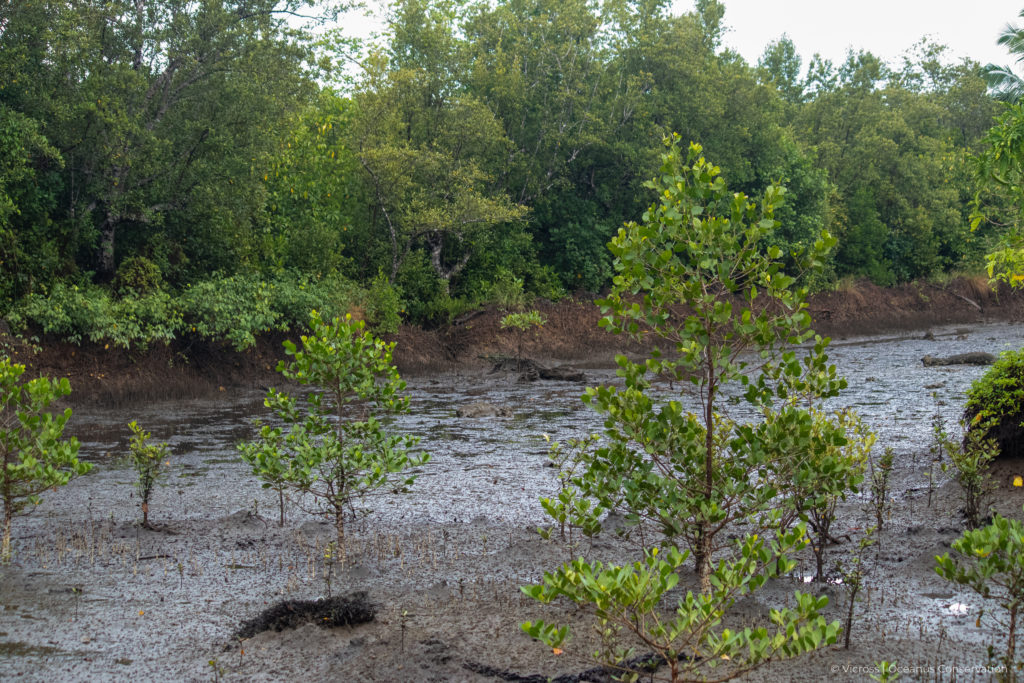
Mangroves are part of the blue carbon ecosystems (BCE). These are highly productive coastal ecosystems that can store large amounts of carbon in the atmosphere. In this case, mangroves store and sequester substantial amounts of carbon in their aboveground biomass (bark, leaves, branches) and belowground biomass (soil sediment) accumulated. Certainly, mangrove blue carbon ecosystems counterbalance the emissions of greenhouse gases (GHGs) in the atmosphere.
Addressing the problem
The project site in this research, Surigao del Sur, is highly vulnerable to natural hazards. Significantly, they are susceptible to super typhoons, storms, and flooding. As a result, this can lead to the destruction of their mangrove forests. In addition, the loss of their mangrove forest area is also due to anthropogenic factors. Particularly, the conversion of fishponds in the area and cuttings of mangroves for livelihood.
Objectives of this research project
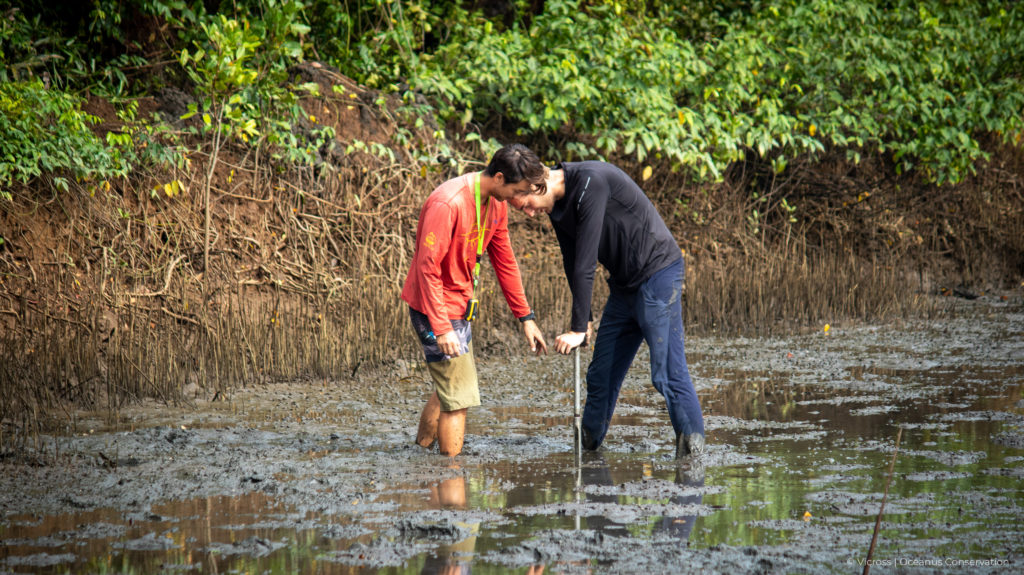
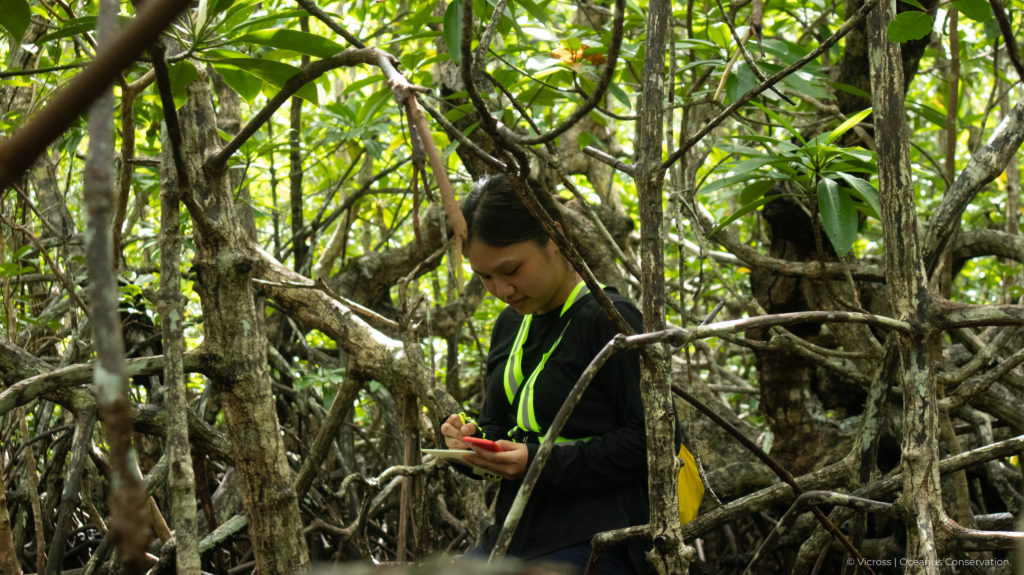
With the assistance of the Oceanus Conservation team, this research project is led by Jens Visser, a master’s student at Wageningen University and Research. This fieldwork was conducted last October 16-23, 2022 at Cagwait, Surigao del Sur.
The main objectives of this project are to create an understanding of the vital role of mangroves in climate mitigation. Another is how efforts in the restoration of mangrove forests can benefit the entire community. In addition, to hopefully encourage the community, together with the local government unit of Cagwait (LGU-Cagwait), to make a greater effort in restoring mangrove forests in abandoned fishpond areas.
Gathering data in the field
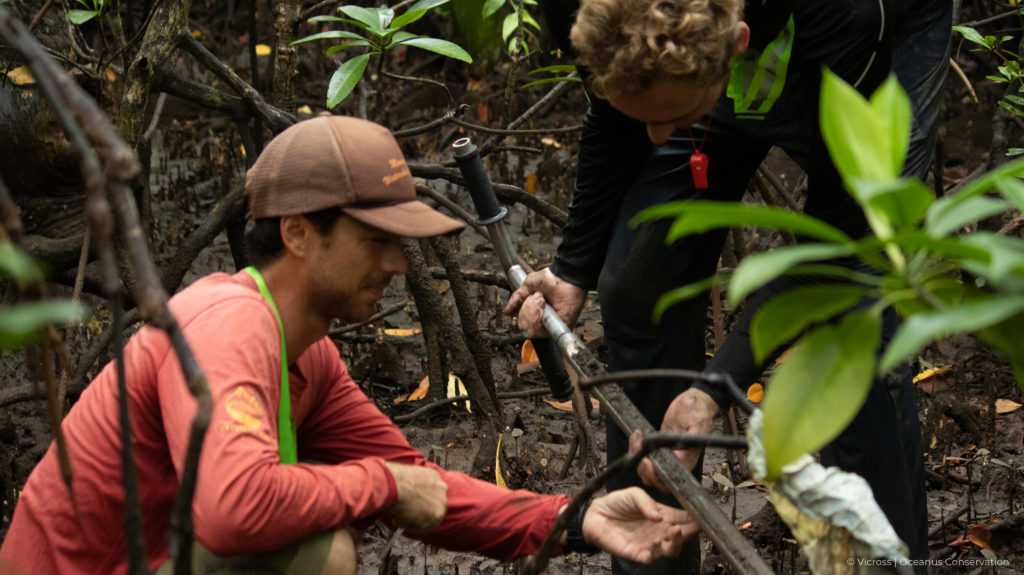
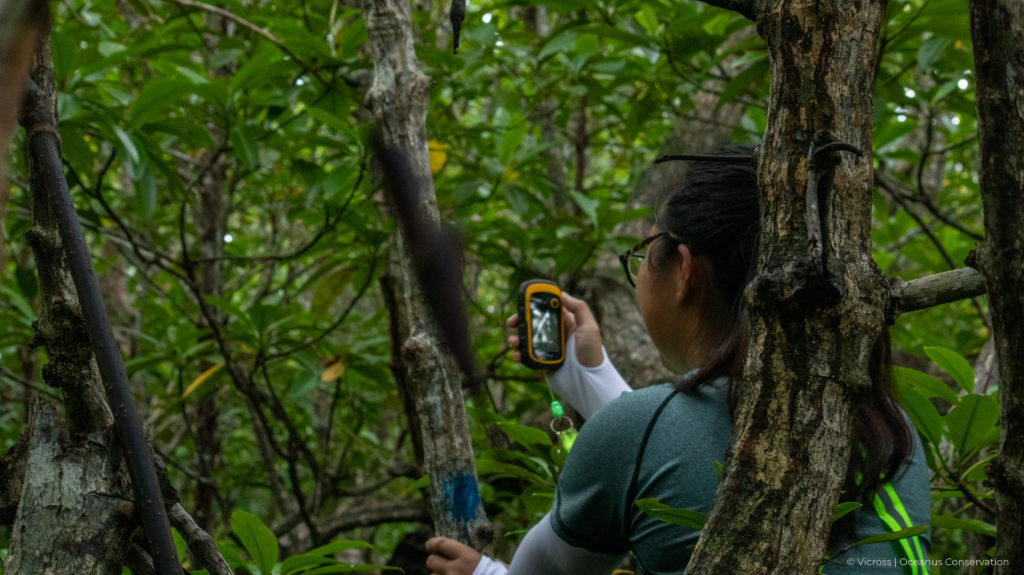
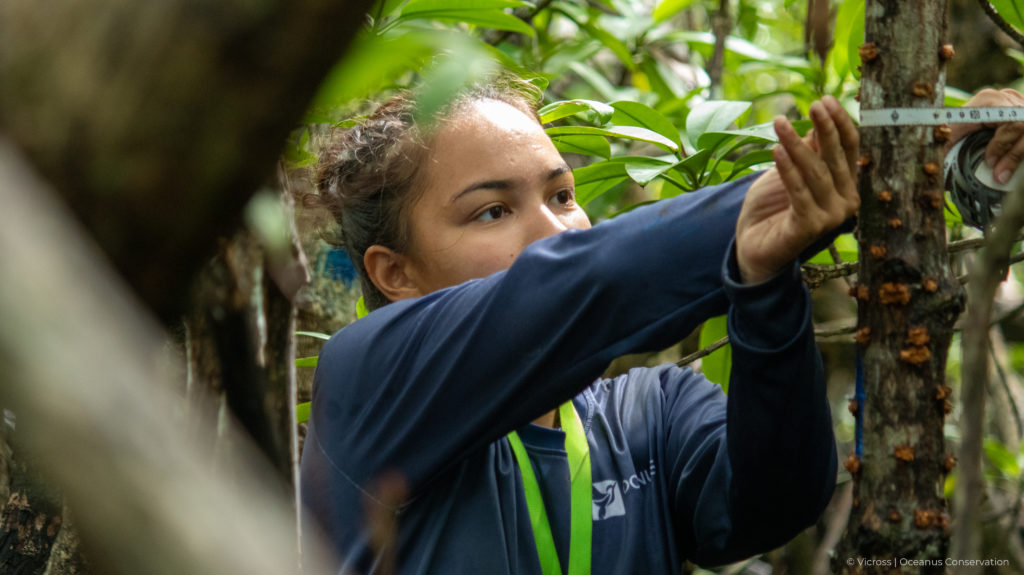
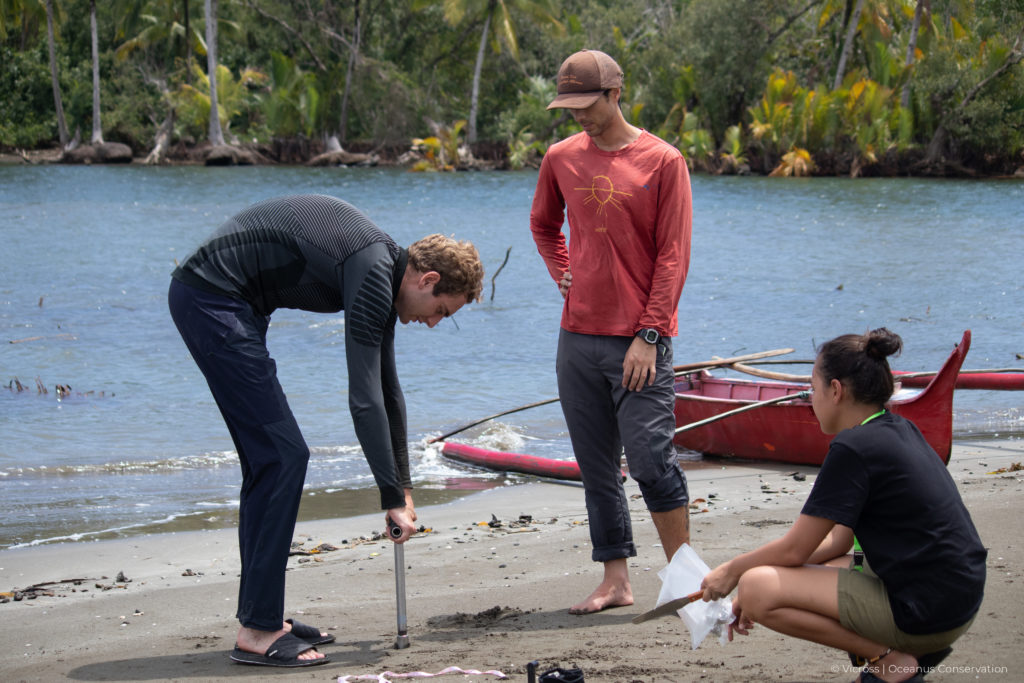
The entire fieldwork for this research project consisted of gathering data from four (4) sampling sites: a matured (natural) mangrove forest, a restored (planted) mangrove forest, an abandoned fishpond site, and a controlled group (no mangroves in the area). Afterward, the team collected data for the aboveground biomass: diameter at breast height (DBH), tree height, and species in the chosen sampling sites.
For the belowground biomass, the team collected sediment samples from the four (4) sampling sites using a soil corer. The collection was one (1) meter belowground. After the collection of samples, the analysis of the data is in the laboratory to determine belowground carbon content and carbon stock, and aboveground biomass and carbon stock.
Lastly, the rest of the team also conducted perception surveys for different groups in the community for the socio-economic aspect of the research. Their knowledge of mangrove potential and their interest in mangrove restoration were part of the surveys given.
What are the impacts of mangrove restoration in this area concerning climate mitigation and economics?
Tune in for the results of this research project! This is in collaboration with Jens Visser from Wageningen University and Research, and the University of Philippines – Diliman. The funding of this research project is from Synchronicity Earth.
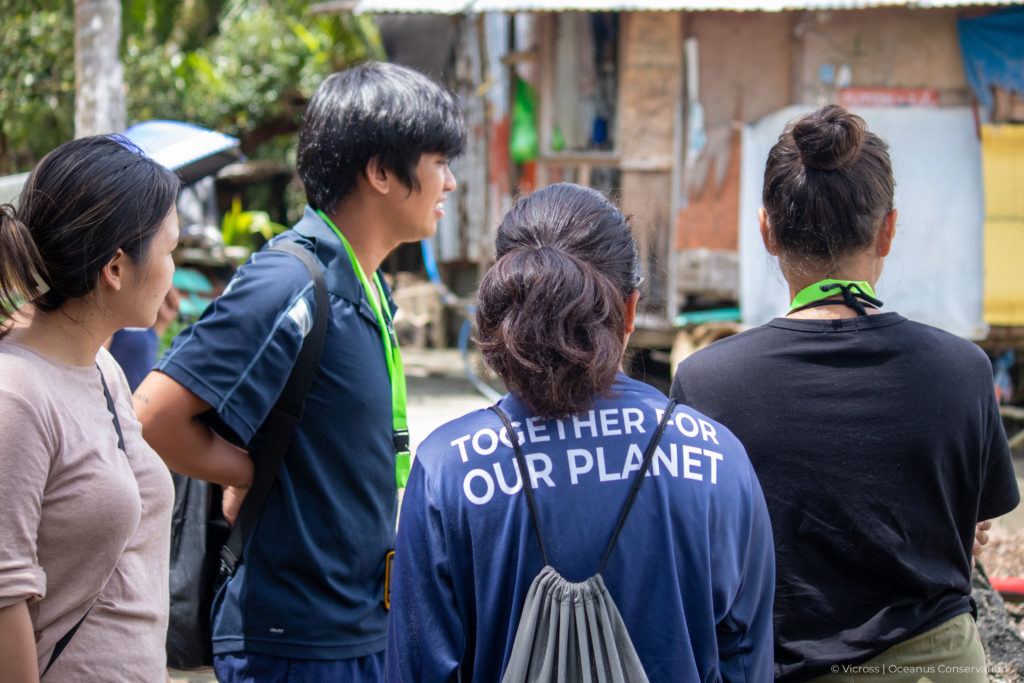
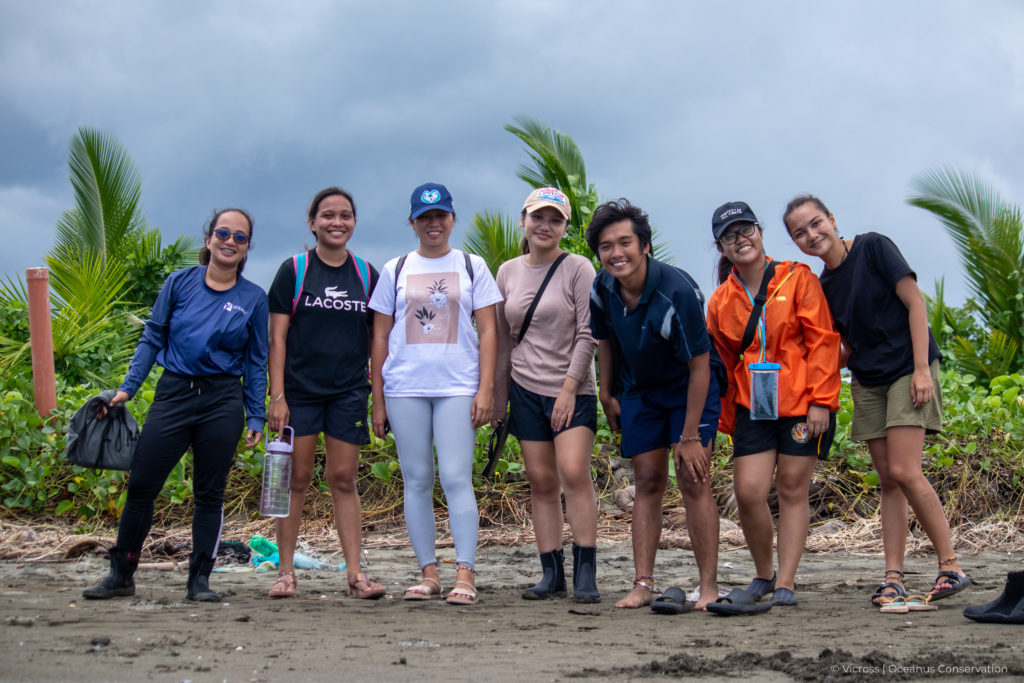
Oceanus Conservation – Blue Carbon Program
As part of our Blue Carbon Program, we partner with the academe and universities for research projects concerning the restoration and conservation of mangrove forests.
Read more about our program here! If you are interested to partner with us or supporting our projects, send us an email at info@oceanusconservation.org.
